Schools of Instruction; 1910
Topic: Canadian Militia
Extract from the King's Regulations and Orders for the Canadian Militia, approved by His Excellency the Governor General, 24th January, 1910.
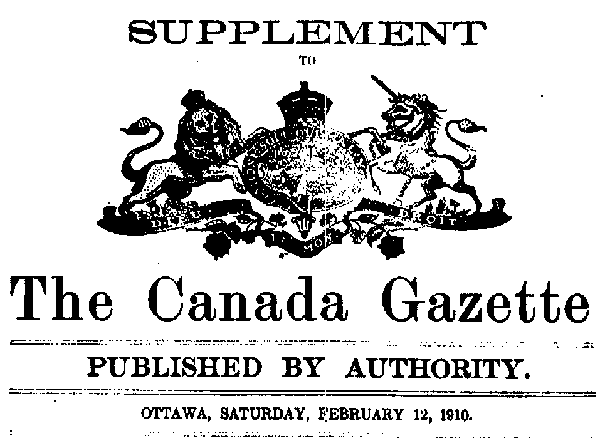
Education.
Royal Schools of Instruction
612. Schools of military instruction are established in connection with units of the Permanent Force for the purpose of giving course of instruction and training to officers, N.C.Os. and buglers of the Active Militia.
613. Officers, N.C.Os. and buglers attached for instruction are to be given every facility to acquire the standard of military training required to qualify for promotion.
614. Permanent Schools of Instruction are maintained at the undermentioned stations:—
| Cavalry | Royal Canadian Dragoons, St Jean, Toronto |
| Strathcona's Horse (Royal Canadians), Winnipeg |
| Field Artillery | Royal Canadian Horse Artillery, Kingston, Ont. |
| Garrison Artillery | Royal Canadian Garrison Artillery, Halifax, Quebec, Esquimalt |
| Engineers | Royal Canadian Engineers, Halifax |
| Infantry | Royal Canadian Regiment, Halifax, Fredericton, Quebec, Toronto, London |
| Strathcona's Horse (Royal Canadians), Winnipeg |
| Army Service Corps | Army Service Corps, Halifax |
| Musketry | The School of Musketry, Ottawa |
| Army Medical Corps | Permanent Army Medical Corps, Halifax |
| Canadian Ordnance Corps | Gun Wharf, Halifax |
Courses of Instruction
615. The following are the courses at the Schools of Instruction:—
(a) Special Course.
(b) Short Course.
(c) Long Course.
(d) Equitation.
(e) Veterinary Course.
(f) Musketry.
(g) Artillery Staff Course.
(a) The Special Course is for a period not less than seven days.
(b) The Short Course is for a period of three months and commences on the 1st of January, April and September.
(c) The Long Course is for a period pf six months in the cavalry and infantry, and nine months in the artillery. Three months of the Long Course are given at the R.M.C., and artillery officers in addition attend the Artillery Staff Course at the R.S.A., Quebec.
(d) Equitation Courses will be given at all schools with mounted units at any time. The duration of an equitation course is not to exceed 28 days, but candidates will be examined as soon as they are prepared to undergo the examination. An officer may be examined in Equitation without having attended an Equitation Course.
(e) A Veterinary Course is for a period of fifteen days' instruction at a permanent school with mounted units.
(f) Courses of officers and non-commissioned officers are held at the School of Musketry during the months of July, August, September and October. The duration and dates of commencement of courses will be notified from time to time, in Militia Orders.
For syllabuses see Appendix VI.
General Instructions.
616. The number of officers, N.C.Os. and buglers who may be attached for any course is limited to the accommodations at the schools and the grant of money available for that purpose. But Officers Commanding Schools of Instruction may permit additional officers and N.C.Os. who desire to reside out of barracks, to attend the courses of instruction without expense to the public.
617. Applications for courses of instruction are to be forwarded through the usual channel to the District Officer Commanding who will, if vacancies exist, approve of the application. Applications on behalf of N.C.Os. and buglers will be made on M.F.–B. 362.
618. If any officer, N.C.O. or bugler applies to join a school other than the authorized for his district, reference will be made to Militia headquarters.
619. At the beginning of each course, Officers Commanding Schools of Instruction will forward for the information of their District Officer Commanding a list:—
(a) Of the applicants who have reported.
(b) Of those who have failed to do so.
620. It is to be understood that a fair proportion by regiments of officers, N.C.Os. and buglers are to be admitted to these schools of instruction.
621. Officers commanding corps are requested to exercise care and judgment in the selection and recommendation of the non-commissioned officers they are desirous of sending for a course of instruction; they should in all cases be able to read and write fairly. Those who cannot do so lack the requisite qualification for non-commissioned officers, and, therefore, should not be sent for instruction.
622. These schools are instructional in military subjects, not educational in the sense of teaching persons to read and write. A primary object is that those instructed may become the instructors of others when they return in their several corps. It will thus be seen how necessary it is to send only persons to the schools who possess physical and mental capacity for the acquirement of instructional ability.
623. Not only must officers commanding corps exercise great care in selecting or recommending applicants for courses of instruction, but they must also ascertain that, besides physical fitness, these men possess more than an average degree of intelligence, that they gave fair educational attainments, and that they possess aptitude for imparting the instruction they may receive, to others.
624. Non-commissioned officers recommended must have completed at least twelve months' service in the corps to which they belong, and must have attended the last annual training of their Corps, except in special cases, when the Commanding Officer will be required to add to his recommendation his reasons for wishing to send individuals who have not complied with the above conditions.
625. Applications for courses at the School of Musketry must be submitted to Militia Headquarters. Officers and non-commissioned officers will be permitted to take only one course.
Officers applying for permission to take the course must be qualified for substantive rank in the branch of the service to which they belong.
In the case of non-commissioned officers, each application must be accompanied by a certificate from the applicant's Commanding Officer that he is proficient in the firing exercise.
626. Commanding Officers are not to appoint members of their corps non-commissioned officers merely to give them rank in order to join a School of Instruction. They should see, moreover, that all persons sent to the school are provided with proper uniforms.
Commanding Officers neglecting to comply with these instructions will incur a very serious responsibility for which they will be held strictly to account.
627. Officers Commanding Schools of Instruction will not only see that these rules are complied with, but they will so arrange that, by the constant supervision of an officer detailed for the purpose, attached non-commissioned officer who from lack of intelligence or education are not likely to become efficient non-commissioned officers, are immediately returned to their corps and that their cases are immediately reported to Militia Headquarters.

Posted by regimentalrogue
at 12:01 AM EDT
Updated: Friday, 26 July 2013 12:04 AM EDT
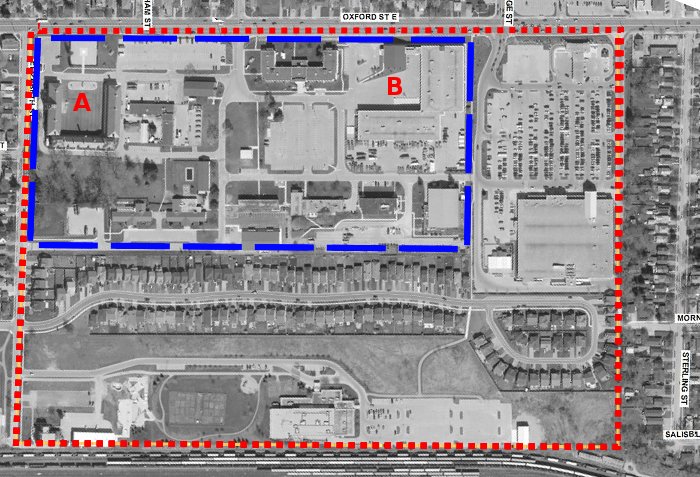


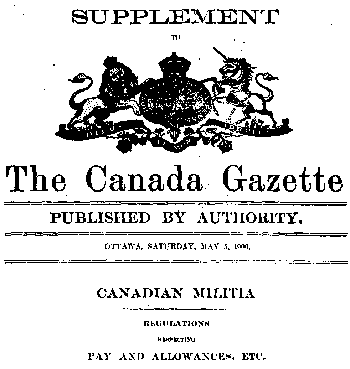 Ration Allowances.
Ration Allowances.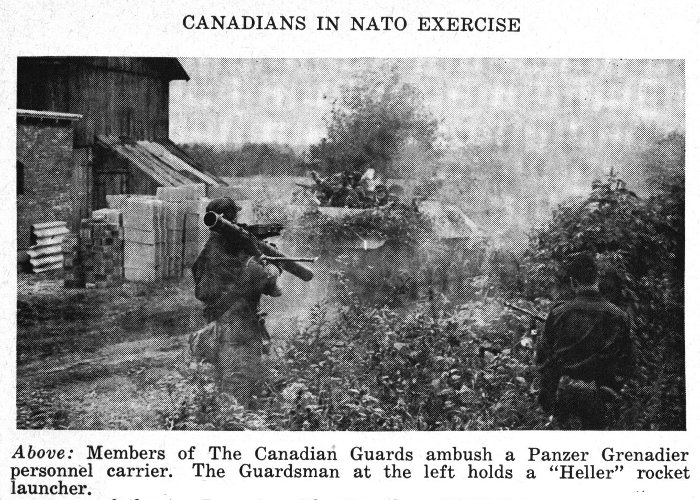
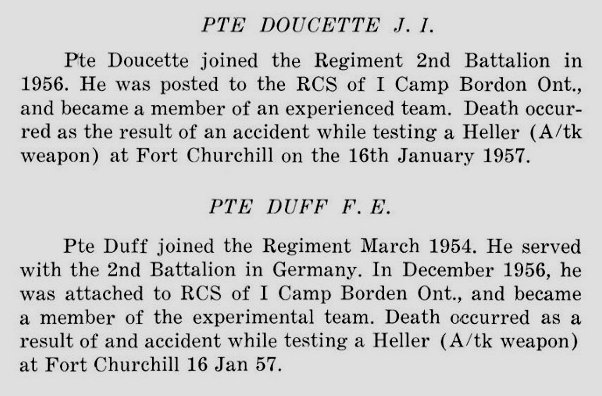
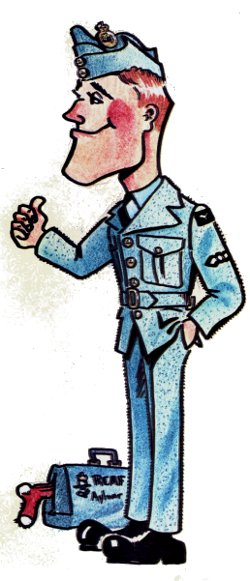 Remember when …
Remember when …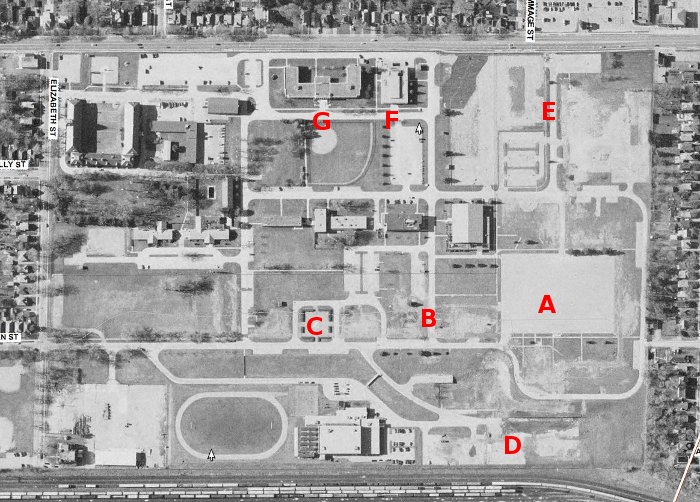



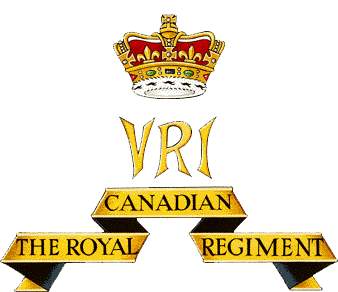
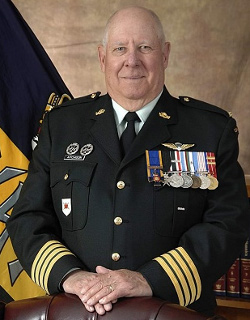 My predecessors will attest to the statement that the life of the Colonel of The Regiment is filled with "events", one of which I recently wrote about.
My predecessors will attest to the statement that the life of the Colonel of The Regiment is filled with "events", one of which I recently wrote about.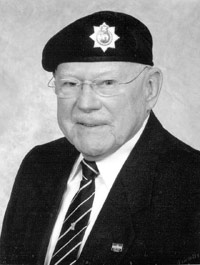 Let me "Fast Forward" to the events I listed at the opening of this piece and speak about each of them - again, not in the order I listed them.
Let me "Fast Forward" to the events I listed at the opening of this piece and speak about each of them - again, not in the order I listed them.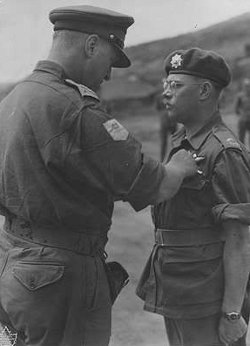 His "context" is that he was the Platoon Commander of 7 Platoon of Charlie Company of 3 RCR the night of 2-3 May 1953 - just over 60 years ago. It was Ed and the very brave men of his platoon who faced the
His "context" is that he was the Platoon Commander of 7 Platoon of Charlie Company of 3 RCR the night of 2-3 May 1953 - just over 60 years ago. It was Ed and the very brave men of his platoon who faced the 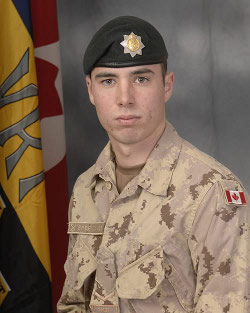 What's my point?
What's my point?
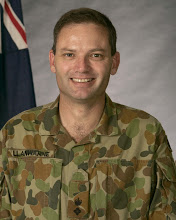 In Australian there is a gentleman,
In Australian there is a gentleman, 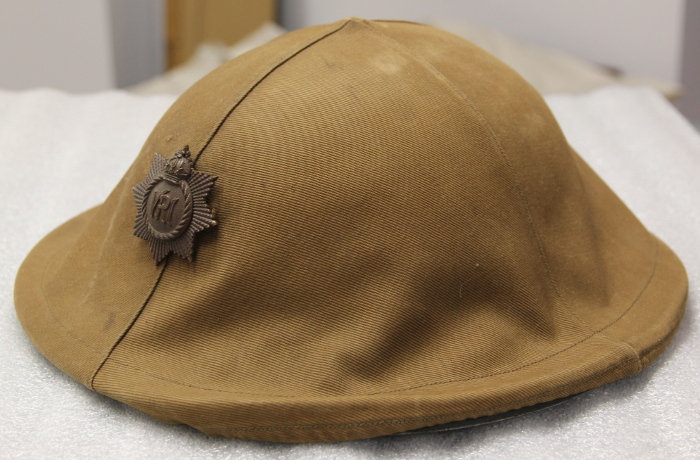
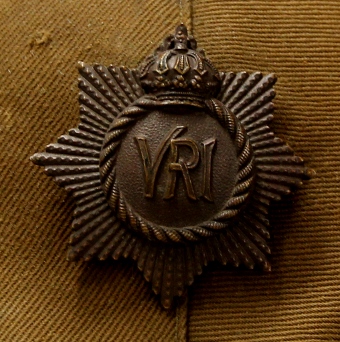 Along the way Cock was a notable regimental personage in
Along the way Cock was a notable regimental personage in 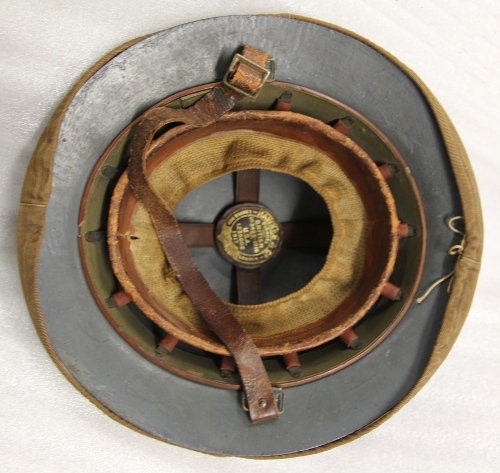


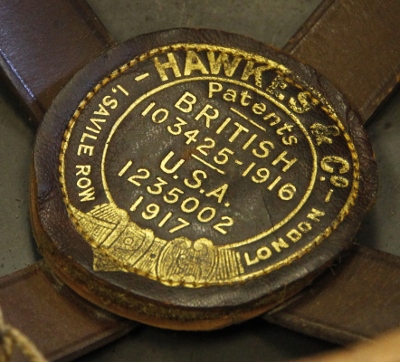
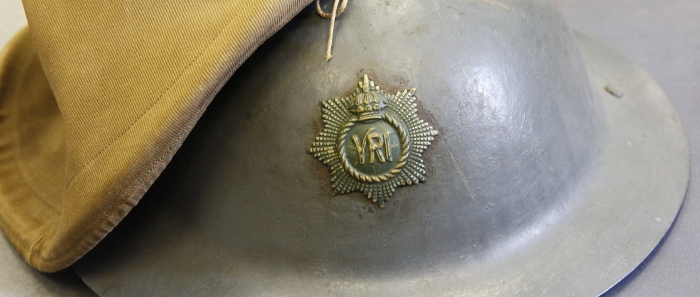
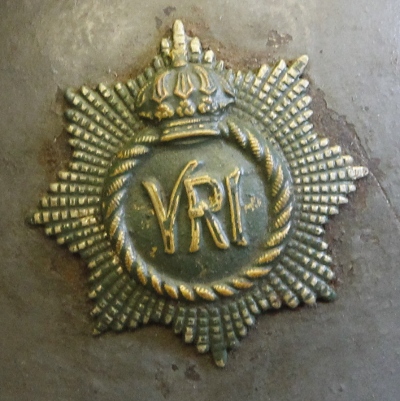
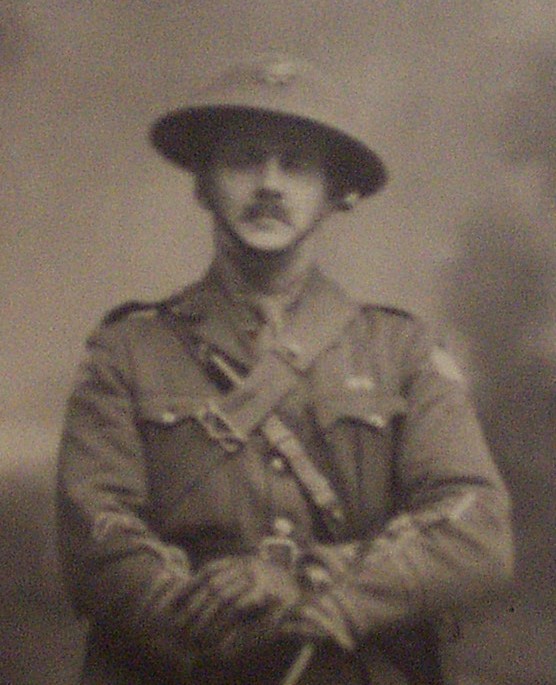
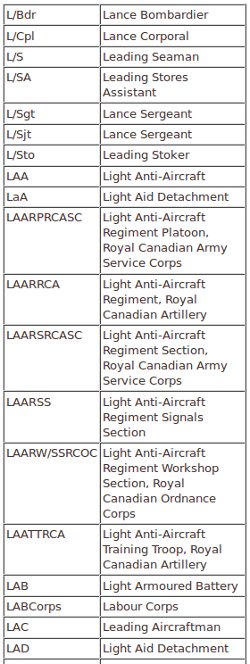 Once someone has acquired the service record of a Canadian soldier, sailor or airman of the
Once someone has acquired the service record of a Canadian soldier, sailor or airman of the 

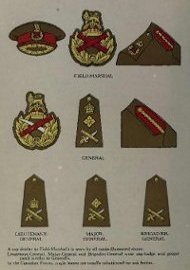
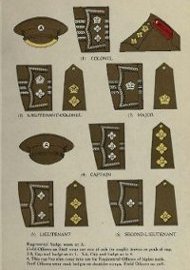
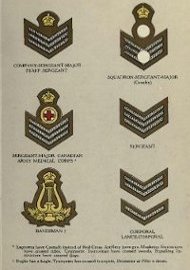
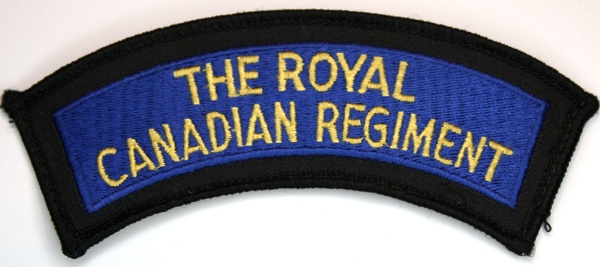
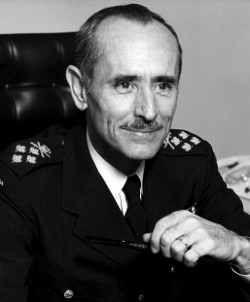 Leadership is self-perpetuating—at least is should be. This means that you, as a leader, have a solmn responsibility to develop leadership in your subordinates. Remember that all of them sooner or later will have to lead others. The best way for you to teach them, of course, is by example, hopefully by good example.
Leadership is self-perpetuating—at least is should be. This means that you, as a leader, have a solmn responsibility to develop leadership in your subordinates. Remember that all of them sooner or later will have to lead others. The best way for you to teach them, of course, is by example, hopefully by good example. 
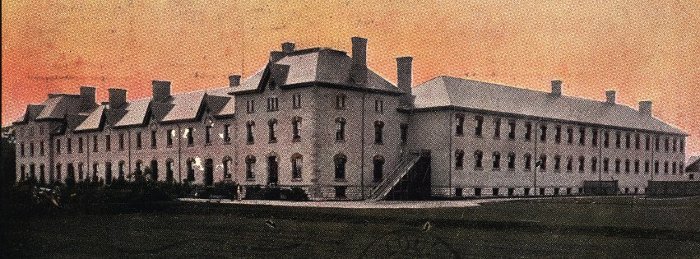
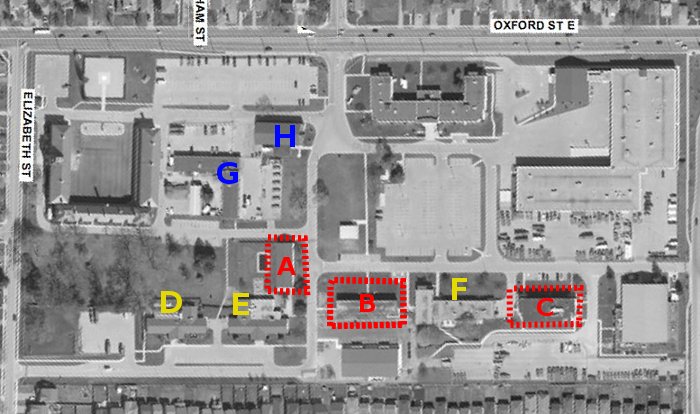
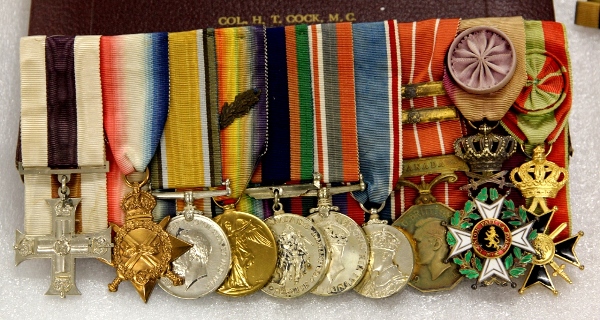
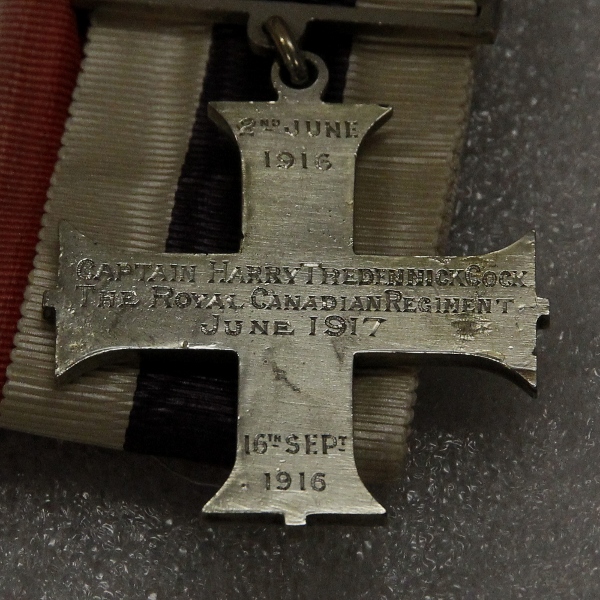
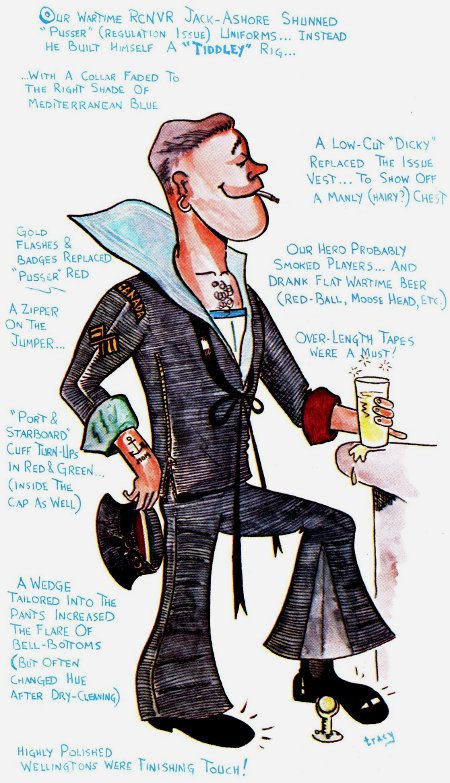
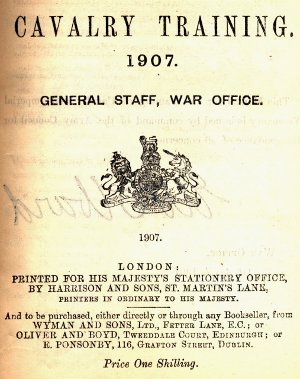 S. 142. – The Command and Leading of Cavalry
S. 142. – The Command and Leading of Cavalry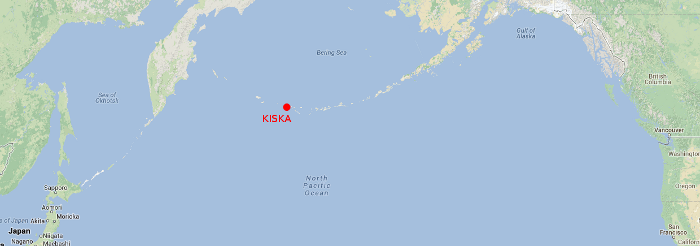
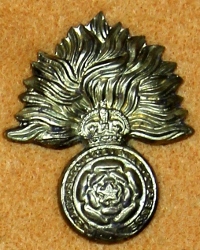 KISKA
KISKA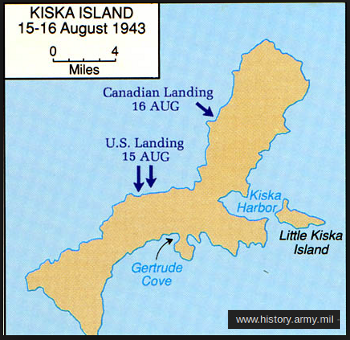 Bombing and blockade having proved inadequate means for evicting the Japanese from Attu and Kiska, the Americans in the spring of 1943 set about recovering the islands by ground assault. On 12 May United States troops landed on Attu, and one of the fiercest and nastiest battles of the war began. It ended in the complete annihilation of the Japanese defenders, who made their final Banzai charge on 28 May. They had numbered, as we have said, about 2500. The Americans took eleven prisoners; all the rest were killed in action or committed suicide. With Attu in Allied hands, the larger garrison in the more easterly island of Kiska was now in an extremely dangerous situation.
Bombing and blockade having proved inadequate means for evicting the Japanese from Attu and Kiska, the Americans in the spring of 1943 set about recovering the islands by ground assault. On 12 May United States troops landed on Attu, and one of the fiercest and nastiest battles of the war began. It ended in the complete annihilation of the Japanese defenders, who made their final Banzai charge on 28 May. They had numbered, as we have said, about 2500. The Americans took eleven prisoners; all the rest were killed in action or committed suicide. With Attu in Allied hands, the larger garrison in the more easterly island of Kiska was now in an extremely dangerous situation. 